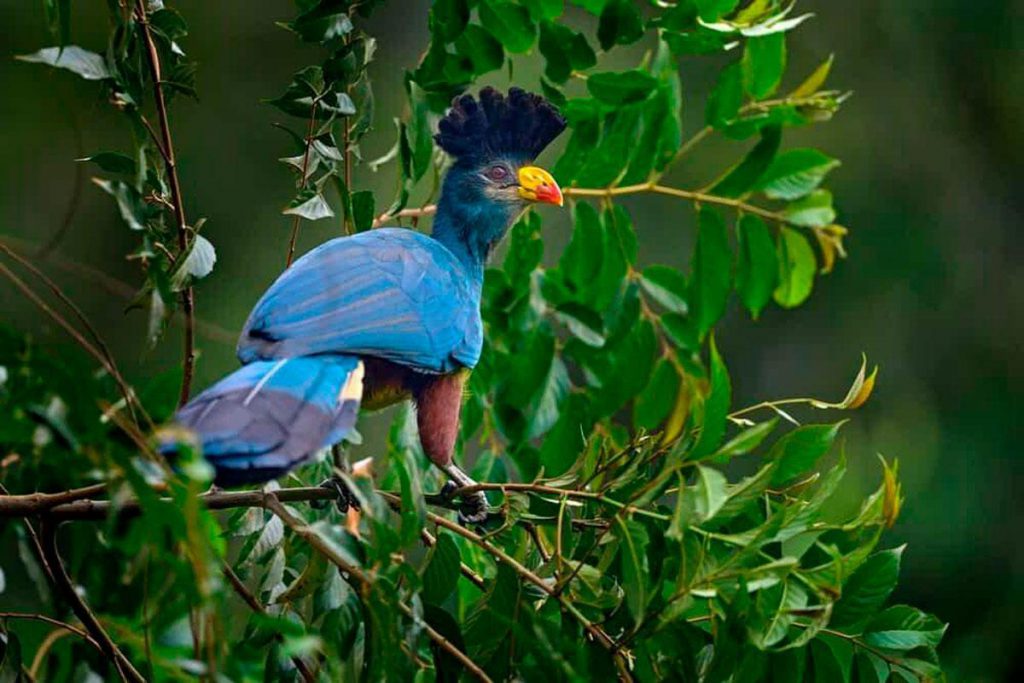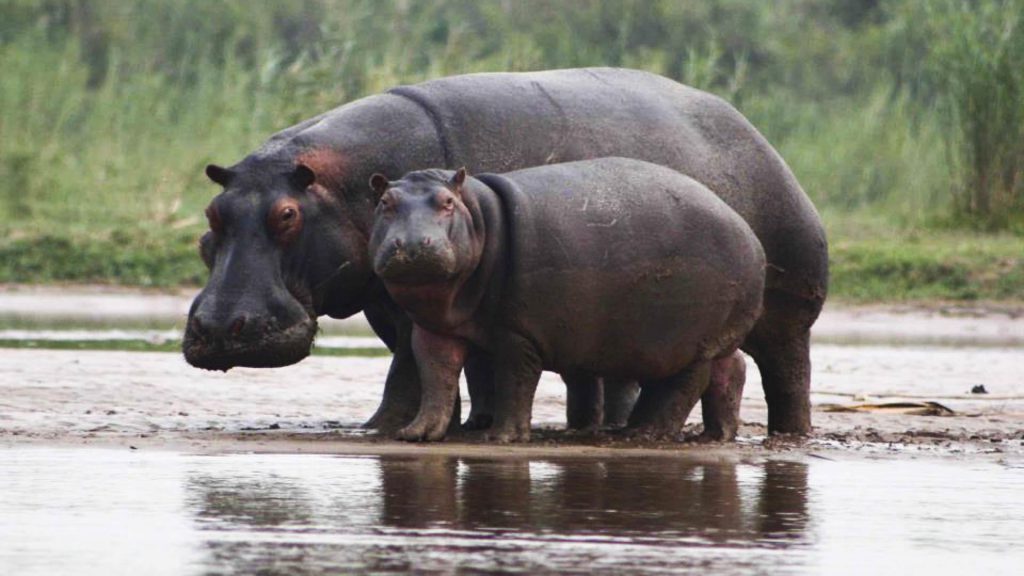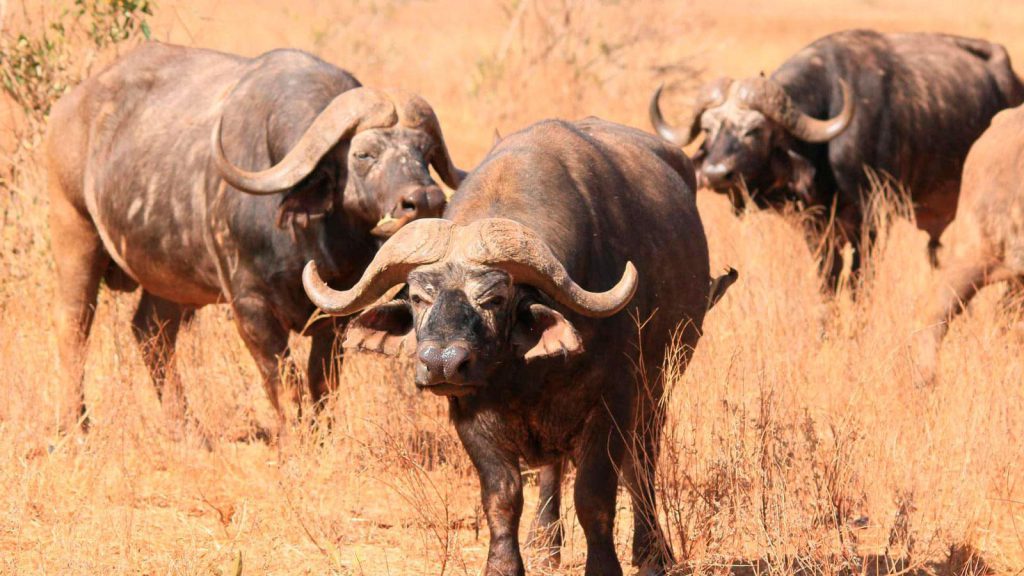¡Welcome to Burundi, an African country brimming with natural beauty and biodiversity! Here, you can discover incredible places, protected areas, and, of course, enjoy the National Parks of Burundi.
According to the International Union for Conservation of Nature (IUCN), Burundi has 21 protected areas covering a total of 2,066 square kilometers, which is equivalent to 7.59% of the country’s total area of 21,211 square kilometers. These areas are divided into three main categories: national parks, nature reserves, natural monuments, and protected landscapes. Additionally, Burundi hosts four Ramsar sites dedicated to the protection of birds and their habitat.
Within these protected areas, three national parks stand out as true biodiversity gems in Burundi. One of the most popular is Rusizi National Park, which attracts numerous visitors with its impressive natural beauty and wildlife observation opportunities. In addition to national parks, Burundi has nature reserves and natural monuments that offer unique experiences for nature and adventure enthusiasts.
Burundi, located in the Great Lakes region of Africa, borders Lake Tanganyika, which occupies a significant portion of its western border. Despite lacking access to the sea, the country boasts diverse geography, including valleys and mountains, contributing to its rich biodiversity.
Burundi has experienced the loss of a significant part of its forests in recent decades, impacting wildlife, including chimpanzees, whose habitats were fragmented during the crisis of the 1990s. However, conservation efforts are underway to preserve what remains of these valuable ecosystems.
In terms of conservation history, unlike other African countries, Burundi did not establish national parks during the colonial era. Instead, the forests were declared protected reserves by the Belgians in 1933. However, in 1980, national parks and nature reserves were created to further strengthen the protection of nature. Provinces also participated in conservation efforts by establishing their own protected forests and reforestation areas in 1985.


